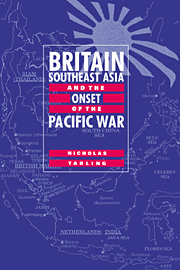Conclusion
Published online by Cambridge University Press: 16 September 2009
Summary
It is easy in retrospect to speak of World War II as if it began in 1939. The war of 1939 was, however, a European war. In some sense it indeed contained the possibility of a world war since it held out the prospect of a change in the status quo in Europe that would affect the interests of powers outside Europe. That did not mean that a worldwide war was unavoidable. A change in the status quo in Europe would in particular affect the security of the United States and its relationship with Latin America. If the Germans triumphed the US would lose the security that the British navy had helped to give it. The Americans were to realise this in the great crisis of 1940. Then, indeed, their security seemed to be so threatened by the prospect that the defeat of France would be followed by the defeat of Britain that the US began to put a new emphasis on hemispheric defence. It did, however, retain its concern to keep Britain in the war if there seemed a chance, both moral and material, of its survival. It certainly retained the hope that it could avoid engaging in the war itself. President Roosevelt in particular treasured the possibility that there would be no need to send American forces to Europe as in the war of 1914–18. Measures short of direct involvement might suffice.
- Type
- Chapter
- Information
- Britain, Southeast Asia and the Onset of the Pacific War , pp. 363 - 368Publisher: Cambridge University PressPrint publication year: 1996



